Understanding Cultural Respect in Native American Apparel
Learn how to wear and design Native American-inspired apparel respectfully — understanding cultural symbols, avoiding appropriation, and honoring the heritage behind traditional designs and meanings.
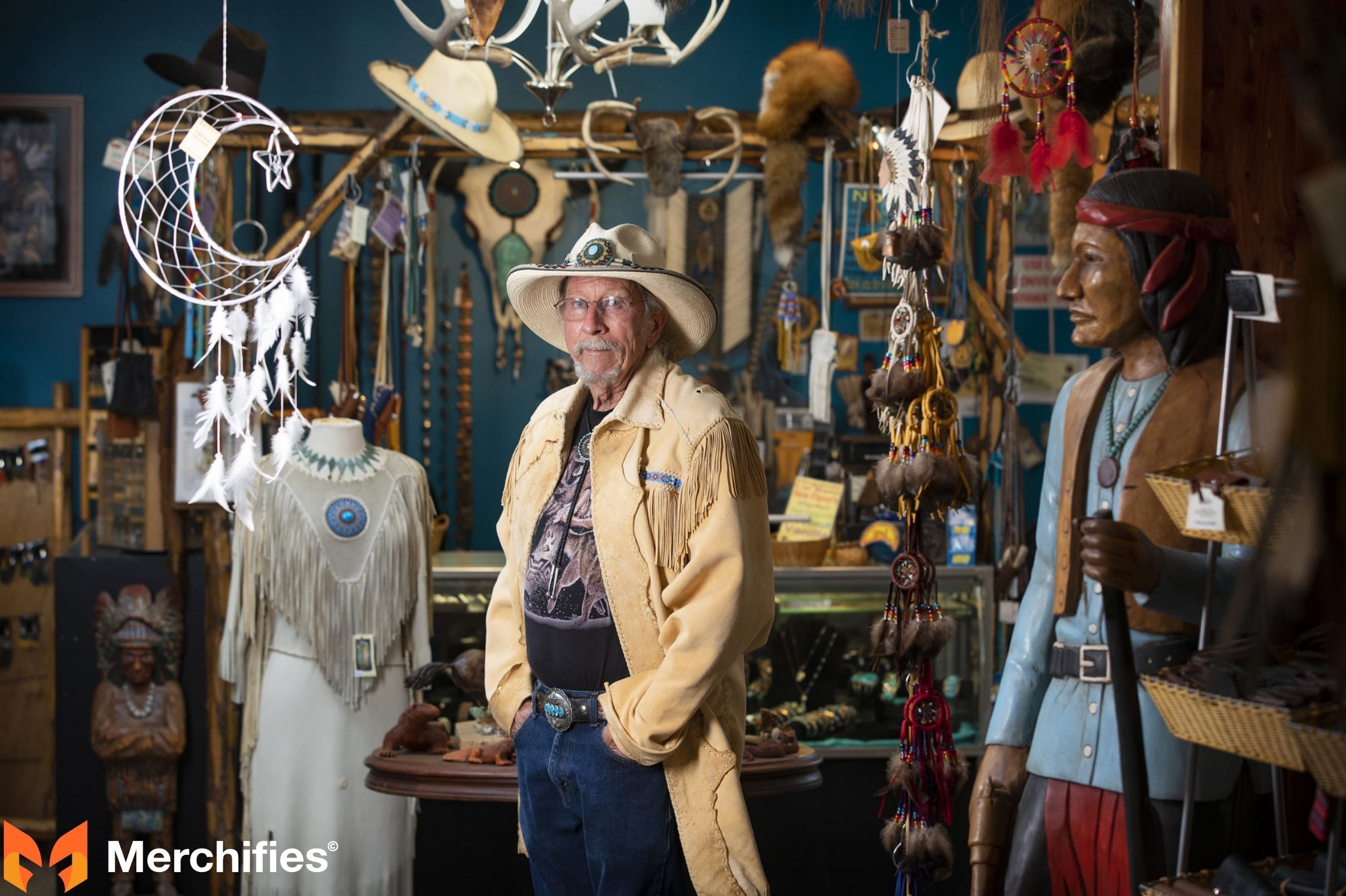
Blog Post Contents
The desire to appreciate diverse cultures through fashion is a natural one. We are often drawn to the beauty, intricate designs, and profound stories woven into traditional attire from around the world. However, this appreciation walks a fine line, a nuance between genuine admiration and something far more problematic: cultural appropriation. As Evelyn Sage, an expert in ethical fashion and cultural stewardship, shares her insights, understanding this distinction is crucial. This article aims to guide you in making informed, ethical choices when considering Native American-inspired clothing, particularly when looking for respectful Native American shirts, ensuring your fashion choices reflect genuine appreciation and support, not harm, and helping you avoid cultural appropriation in fashion.
Understanding Cultural Appropriation in Fashion: The Harmful Impact
Before we can make respectful choices, it’s vital to understand what cultural appropriation is and why it carries such significant weight.
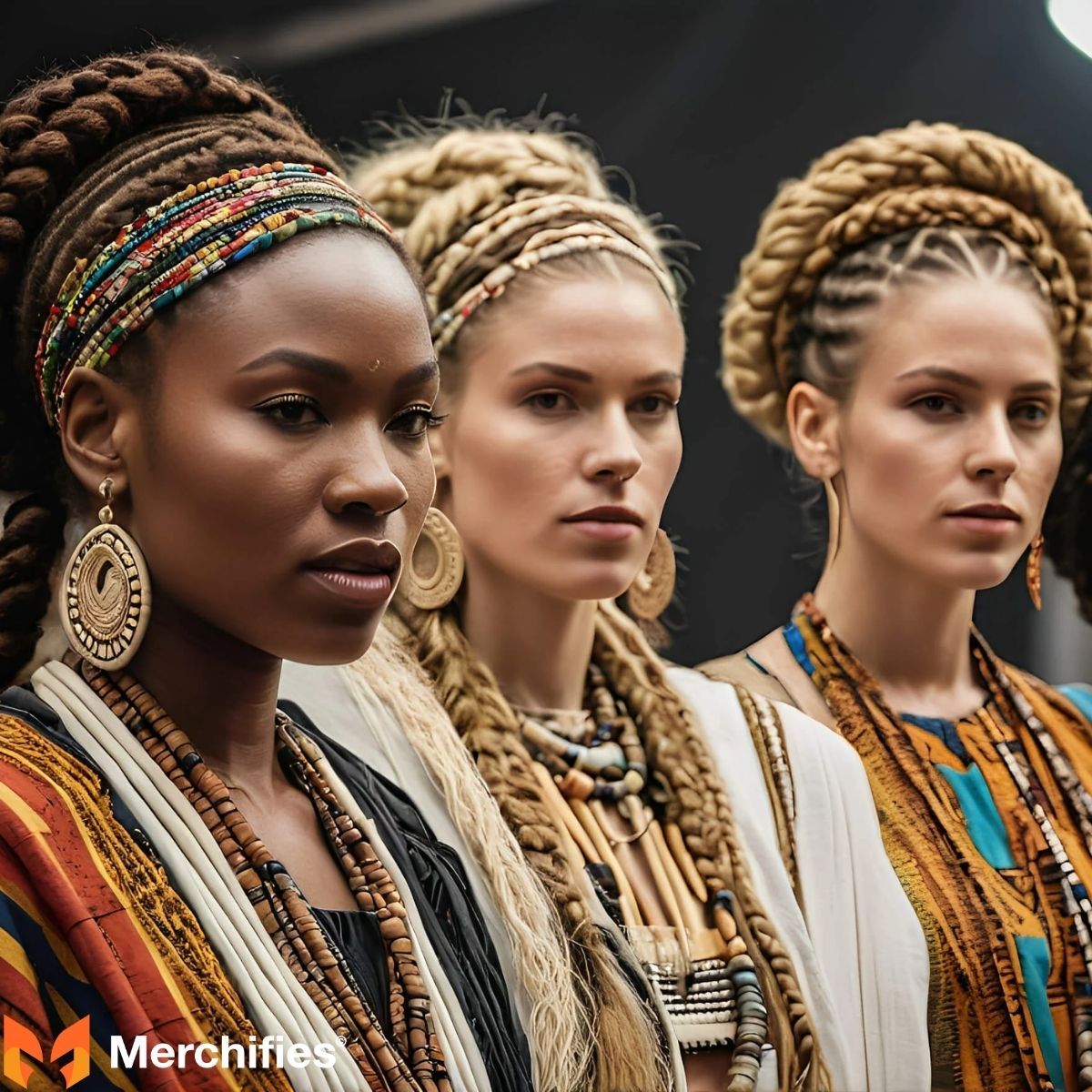
What is Cultural Appropriation?
Cultural appropriation is defined as the adoption or use of elements of a minority culture by members of the dominant culture without understanding, respect, or permission. It's more than just "borrowing" or "inspiration." It fundamentally involves power dynamics, often rooted in historical oppression and colonization, where the dominant group takes from a marginalized group without acknowledging the source, compensating the creators, or understanding the cultural significance. It is, at its heart, a form of cultural theft that devalues the original meaning and context.
Why Does it Matter? The Real Harm.
The impact of cultural appropriation extends far beyond a simple fashion faux pas; it causes real, tangible harm:
Loss of Cultural Meaning: Sacred symbols, designs, or practices, often imbued with deep spiritual or historical significance within Indigenous communities, become trivialized and decontextualized when used as mere fashion accessories by outsiders. The meaning is stripped away, leaving an empty shell.
Economic Exploitation: Non-Indigenous businesses often profit immensely from replicating and selling "Native-inspired" designs without compensating or crediting the original Indigenous artists or communities. This directly harms Indigenous economies and entrepreneurial efforts, denying creators fair recognition and income. This is a critical factor in avoiding cultural appropriation in fashion.
Perpetuating Stereotypes: Appropriation frequently relies on and reinforces harmful, reductive stereotypes about Native American peoples, rather than fostering genuine cultural understanding. It can reduce vibrant, diverse cultures to caricatures.
Disrespect & Erasure: For many Indigenous individuals, seeing their cultural heritage casually displayed or profited from by others is deeply disrespectful. It contributes to the ongoing erasure of Indigenous identities, contributions, and sovereignty in mainstream society.
What to AVOID: Identifying Appropriative Native American Fashion
Knowing what constitutes cultural appropriation is the first step toward making better choices. Here’s what to look out for and actively avoid.
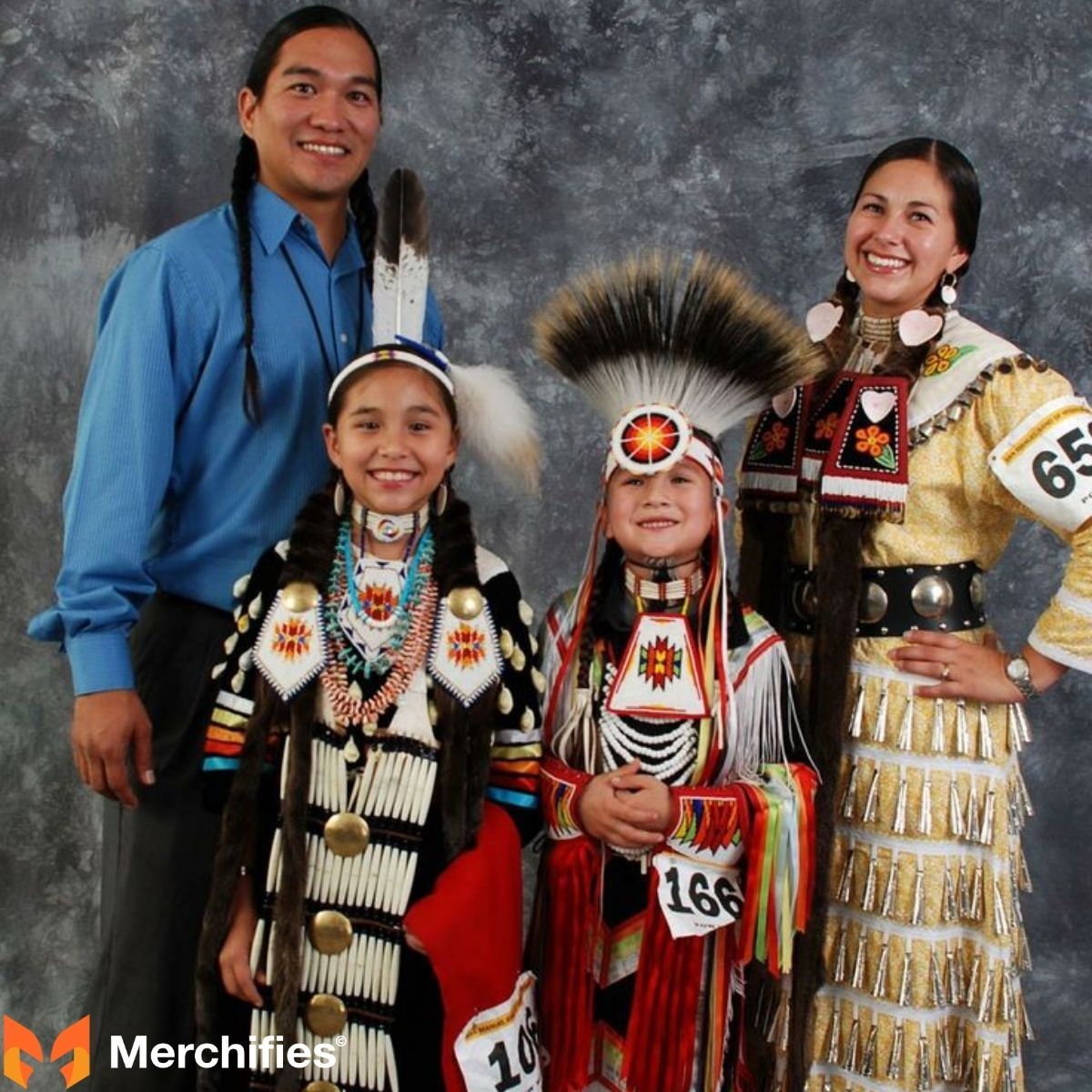
Generic "Native-Inspired" & Stereotypical Imagery
Be wary of items labeled generically as "tribal" or "Native-inspired" without any specific cultural attribution. Common appropriative motifs include:
Generic "Tribal" Prints: These often blend various unrelated patterns, creating a fictional, homogenized "Native" aesthetic that doesn't belong to any specific culture.
Mass-produced Dreamcatchers: While having specific cultural origins, dreamcatchers are often co-opted and sold as generic decor or accessories, trivializing their spiritual significance.
War Bonnets/Headdresses: These are highly sacred regalia, earned through specific acts of bravery or leadership in many Plains Nations. When worn as fashion accessories by non-Indigenous people, it is profoundly disrespectful and a blatant example of headdress appropriation.
Arrows, "Chief" Imagery, or Feathers: Used without specific cultural context or understanding, these elements often perpetuate harmful stereotypes and fail to honor the diversity of Native American nations.
The problem with these items is that they lump diverse Native cultures into one homogenous group, disregarding the specific meanings and permissions associated with actual designs and practices. This is a prime example of what to avoid when seeking respectful Native American shirts and apparel.
Fast Fashion & Mass-Produced Items (Without Indigenous Consultation)
The fast-fashion industry is a major culprit in cultural appropriation. These brands often replicate Indigenous designs for quick profit without any authentic connection, fair compensation, or respect for the originators. Items produced en masse with "Native American" aesthetics are almost always appropriative. A lack of transparency from the brand about where the designs come from and who truly benefits is a significant red flag for unethical fashion.
Misattribution & Lack of Credit
Another major issue arises when brands claim designs are "Native-inspired" or "tribal" without crediting specific tribes, artists, or even acknowledging the source culture. This misattribution in fashion denies Indigenous creators their intellectual property and cultural heritage. If a brand cannot clearly articulate the origin and cultural significance of a design, it’s best to steer clear.
What to LOOK For: Choosing Respectful Native American Shirts & Apparel (The DOs)
Now that we understand what to avoid, let's focus on the positive and impactful ways to choose respectful Native American shirts and other apparel.
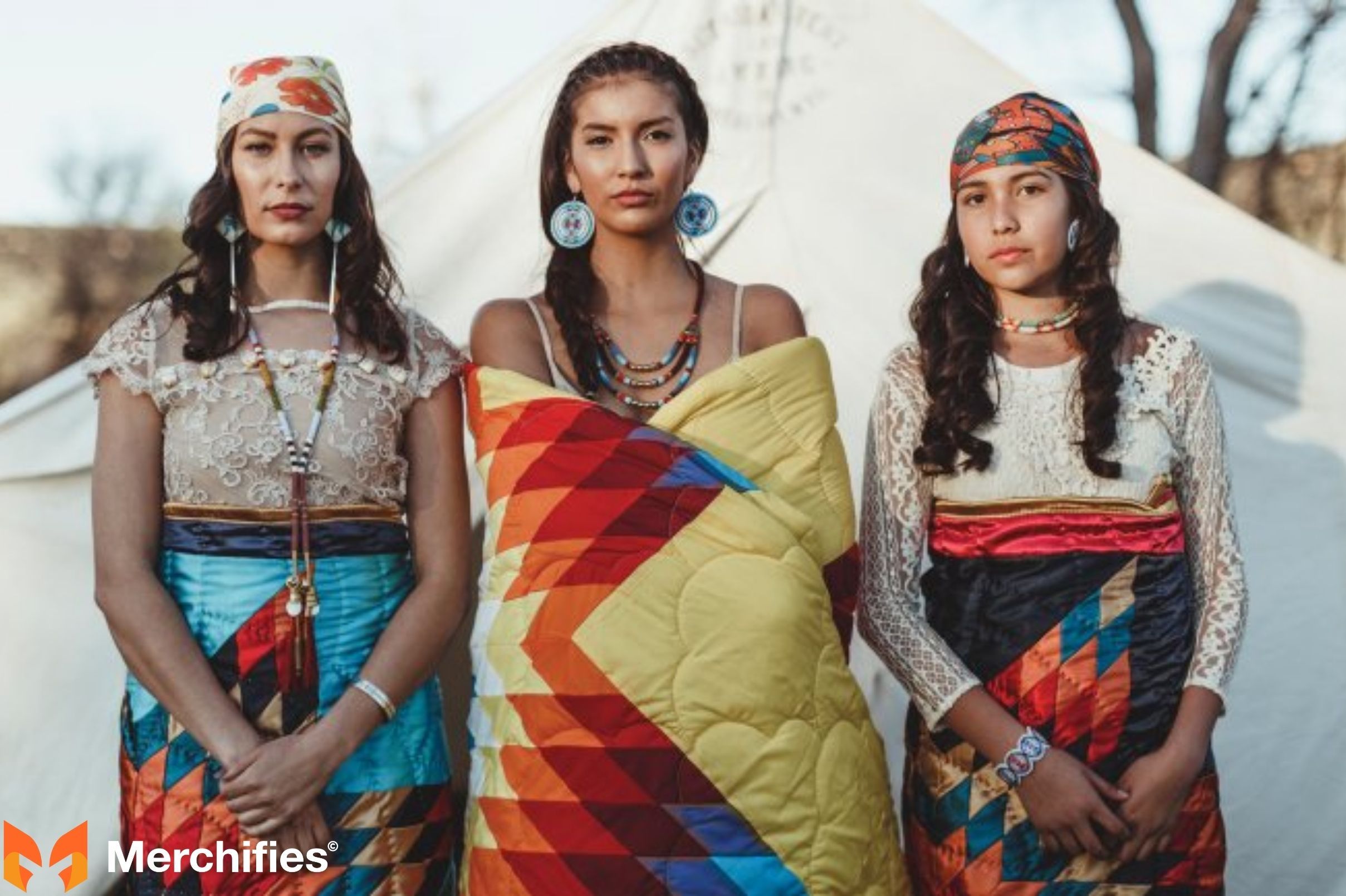
Buy Directly from Native American Artists & Businesses
This is the gold standard for ethical and impactful support. When you purchase directly from Native American artists, designers, or Native-owned businesses, you ensure:
Authenticity: The item is a genuine expression of that culture, created by someone from within it.
Fair Compensation: Your money directly supports the artist and their community, contributing to Indigenous economies.
Cultural Preservation: You help sustain traditional art forms and entrepreneurial efforts.
To identify authentic Native American fashion, look for direct websites of artists, certified Indigenous artisan markets, reputable galleries specializing in Indigenous art, and "Native American Made" certifications where applicable (e.g., Indian Arts and Crafts Act compliance). According to Evelyn Sage, "The most direct and impactful way to engage with Indigenous fashion is to support Native American artists and businesses directly." This is how you truly support indigenous artists.
Research the Specific Tribal Affiliation & Meaning
Move beyond generic "Native-inspired" concepts. When you admire a specific design or pattern, take the time to research the specific tribe or nation whose designs are being admired. Learn about the cultural significance of the patterns, colors, and symbols before purchasing. This informed appreciation not only deepens your understanding but also helps you distinguish authentic pieces from imitations. This dedication to understanding Native American symbols fosters genuine cultural appreciation.
Look for Transparency & Ethical Practices
When considering brands that feature Native American designs but are not exclusively Native-owned, prioritize those that demonstrate transparency and ethical practices.
Brand Story: Does the brand clearly state its ethical sourcing, its partnerships with Indigenous communities, and precisely how they benefit Native artists and cultural preservation efforts?
Collaboration & Permission: Look for brands that work in direct, acknowledged collaboration with Indigenous artists and communities, ensuring fair licensing agreements, cultural oversight, and mutual respect. This indicates a commitment to ethical fashion choices and genuine indigenous collaboration.
Actionable Steps: Beyond the Shirt – Being a Mindful Consumer
Choosing respectful Native American shirts is just one aspect of being a mindful consumer. Your journey to avoid cultural appropriation in fashion should extend further.
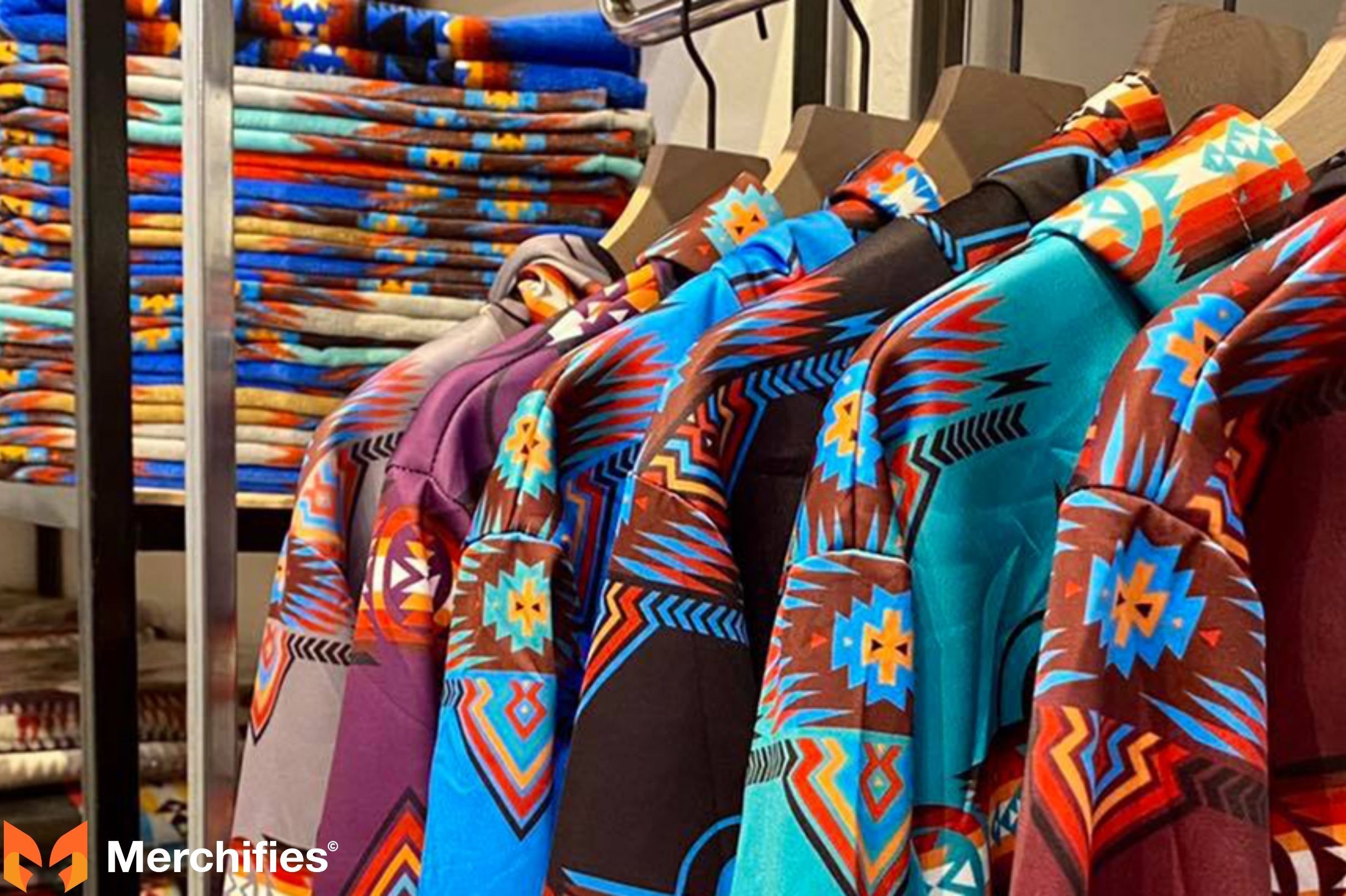
Educate Yourself Continuously
Fashion is a starting point, but genuine respect comes from deeper understanding. Make an ongoing effort to learn about the diverse Native American cultures, their rich histories, and the contemporary issues they face. Utilize resources like tribal websites, academic institutions, Indigenous cultural centers, and books written by Native authors. This indigenous education is vital for responsible buying.
Engage Thoughtfully & Ask Questions
If you’re unsure about the origins or ethical practices behind a particular "Native-inspired" item, don't hesitate to politely ask vendors or brands. A reputable seller will be happy to provide details about the artist, the tribe, and how their work supports Indigenous communities. Your questions contribute to greater accountability in the fashion industry.
Amplify Indigenous Voices
Go beyond personal consumption. Share the work of Native American artists and businesses on social media, recommend them to friends, and engage in conversations about the importance of cultural appreciation versus appropriation. By helping to amplify indigenous voices, you become an ally in promoting respect and recognition for Indigenous creators.
Conclusion: Fashion as a Form of Respect and Allyship
Making intentional, ethical choices in fashion is a powerful statement. By choosing respectful Native American shirts and other apparel, and actively working to avoid cultural appropriation in fashion, you move beyond being just a consumer. You become an ally, supporting Indigenous economies, fostering genuine cultural appreciation, and honoring the rich heritage of Native American peoples.
Ultimately, fashion can and should be a bridge for understanding and respect, not a tool for exploitation or trivialization. As Evelyn Sage reminds us, "Our choices in fashion reflect our values. Let them reflect respect, understanding, and genuine support for the original creators and cultures." Choose wisely, wear with pride, and let your wardrobe tell a story of appreciation and allyship.